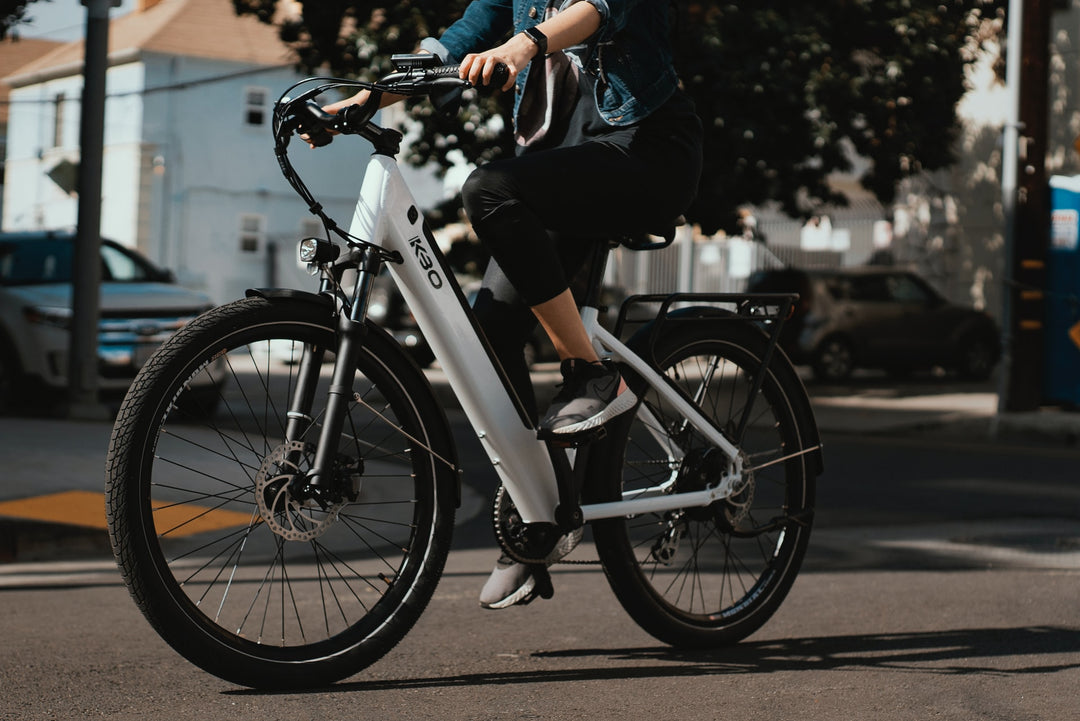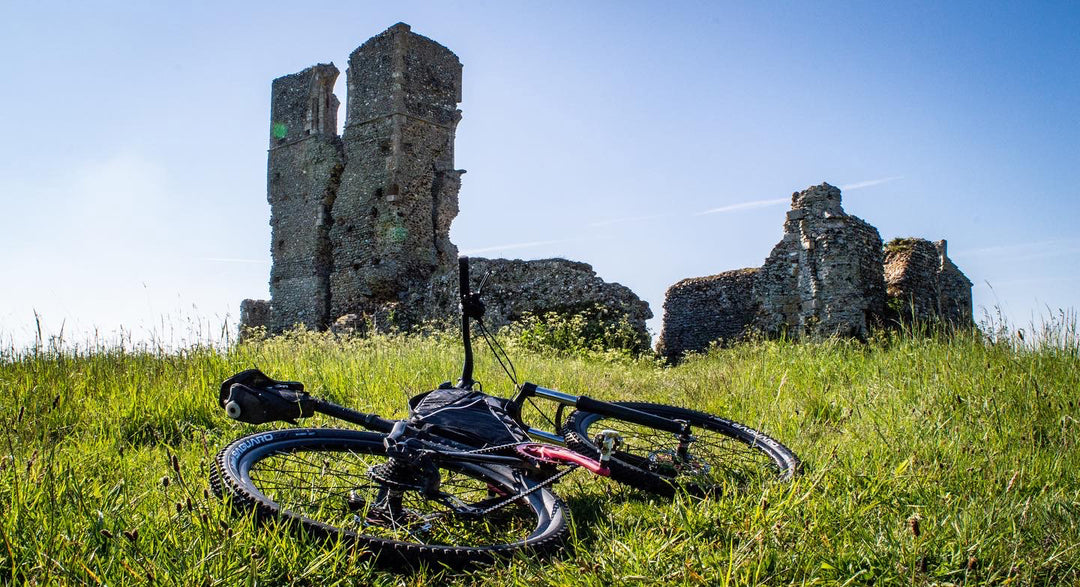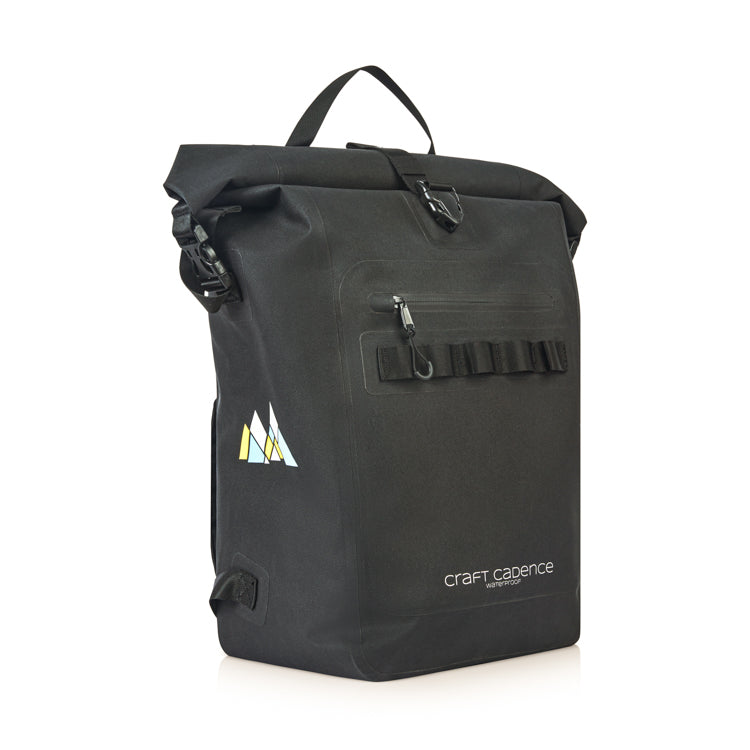How effective are high-vis clothing and backpacks at keeping cyclist safe?
With the roads being more and more dangerous during daylight and night time hours, how important is it for your cycling clothing and backpacks to be High Viz and reflective?
Latest research conducted by Dr Ian Garrard from Brunel University and the project led by Dr Ian Walker from Bath University found that no matter what color clothing a cyclist is wearing, 1-2% of drivers will pass dangerously close (http://opus.bath.ac.uk/37890/) . The study also found compare to studies taken at the Transport Research Laboratory in 1979 that drivers today, pass 61cm closer to that in 1979 (118cm to 179cm).
A study in Queensland, australia recently regarding cyclist-vehicle crashes reported out of 1460 participants (838 cyclists and 622 drivers) many of these was from not seeing the cyclist in time. (http://eprints.qut.edu.au/29579/1/29579.pdf)
It is certainly perceived that high vis clothing makes a difference. In a 2009 study, Most UK cyclists and almost all motorists believed that high-visibility clothing would increase cyclists' visibility.
This is backed up by research from Kwan and Mapstone (2006), who found 42 studies which suggest that fluorescent cycling clothing could increase the distance the drivers could recognize and detect cyclists in Daylight condition. The same study showed evidence that retro-reflective materials worn by cyclists at night had the same or similar effect on the perception of a driver during the daytime.
This depends on what you are wearing in your upper body. If you are wearing high vis but your backpack is not, the backpack is likely to shield the motorists view of any high viz apparel rendering it less effective. If you do not wear high viz, then a high viz backpack becomes more important to be seen and to create contrast with the rider. If you don’ use any high vis at all, the obviously you are less likely to be seen.
Since motorists are in most cases passing cyclists from behind, wearing a high-vis backpack does make sense, whether you are already wearing high-vis clothing or not.
If you regularly ride at night, look for bags that have reflective materials on the bag. Having reflective as well as fluro high viz, helps reflect lighting, providing added visual aid view of a cyclist. During wet weather, fluro color tends to darken and reflectives can help to create backup brightness, while not as strong in Daylight, they still provide some added safety.
While there are numerous colors used for reflective backpacks and clothing, most colors are conventional towards certain things. For example, Fluro yellow is usually related to cyclists and most motorists recognize cyclists from a distance in this color, while Orange is related more towards the road or safety workers.
It's too simplistic to say one single color is better than the other. There are numerous conditions that affect visibility such as Day/Night, Foggy versus Sunlight. While the human eye is more sensitive to certain colors. The eye's peak sensitivity is seen in the yellow-green portion of the visible spectrum.
In general, you want both to be detected and to be seen as a cyclist. Experiments and studies with the visually impaired and color blind showed that contrast is the key. This means that the color on your backpack should be differentiable from the background. Flurorescent colors of both yellow and green are pretty unnatural, so is more likely than not to be lost in the visual field.
It is important to realise that having high-vis clothing and backpack do not automatically mean you will not be in an accident. It simply increases your chance of being seen. There are numerous other factors that are just as important for the road safety of cyclists.
These factors include things such as level of cycling experience, availability of cycle training, motorists training as part of license tests, use of lights, and not taking unnecessary risks.
For example, it has been proven through recent studies that a permanent bicycle running light, even in the daytime, can significantly improves traffic safety for cyclists (https://www.ncbi.nlm.nih.gov/pubmed/22884376).
Overall, to stay safe on the road, cyclists should supplement high-vis clothing and bags with adequate lighting, taking cycling training courses, building experience and confidence over time by taking a variety of routes and conditions and ride sensibly, not taking unnecessarily risks and being appropriately assertive on the road (for example, by taking the centre of the road when the road is narrow).
Cover Photo by Garry Knight / CC BY
Cycling on roads is more dangerous than ever
Latest research conducted by Dr Ian Garrard from Brunel University and the project led by Dr Ian Walker from Bath University found that no matter what color clothing a cyclist is wearing, 1-2% of drivers will pass dangerously close (http://opus.bath.ac.uk/37890/) . The study also found compare to studies taken at the Transport Research Laboratory in 1979 that drivers today, pass 61cm closer to that in 1979 (118cm to 179cm).
A study in Queensland, australia recently regarding cyclist-vehicle crashes reported out of 1460 participants (838 cyclists and 622 drivers) many of these was from not seeing the cyclist in time. (http://eprints.qut.edu.au/29579/1/29579.pdf)
But does high vis clothing make a difference?
It is certainly perceived that high vis clothing makes a difference. In a 2009 study, Most UK cyclists and almost all motorists believed that high-visibility clothing would increase cyclists' visibility.
This is backed up by research from Kwan and Mapstone (2006), who found 42 studies which suggest that fluorescent cycling clothing could increase the distance the drivers could recognize and detect cyclists in Daylight condition. The same study showed evidence that retro-reflective materials worn by cyclists at night had the same or similar effect on the perception of a driver during the daytime.
Should backpacks also be high vis? Or would that be overkill?
This depends on what you are wearing in your upper body. If you are wearing high vis but your backpack is not, the backpack is likely to shield the motorists view of any high viz apparel rendering it less effective. If you do not wear high viz, then a high viz backpack becomes more important to be seen and to create contrast with the rider. If you don’ use any high vis at all, the obviously you are less likely to be seen.
Since motorists are in most cases passing cyclists from behind, wearing a high-vis backpack does make sense, whether you are already wearing high-vis clothing or not.
If you regularly ride at night, look for bags that have reflective materials on the bag. Having reflective as well as fluro high viz, helps reflect lighting, providing added visual aid view of a cyclist. During wet weather, fluro color tends to darken and reflectives can help to create backup brightness, while not as strong in Daylight, they still provide some added safety.
What high vis colours are most effective?
While there are numerous colors used for reflective backpacks and clothing, most colors are conventional towards certain things. For example, Fluro yellow is usually related to cyclists and most motorists recognize cyclists from a distance in this color, while Orange is related more towards the road or safety workers.
It's too simplistic to say one single color is better than the other. There are numerous conditions that affect visibility such as Day/Night, Foggy versus Sunlight. While the human eye is more sensitive to certain colors. The eye's peak sensitivity is seen in the yellow-green portion of the visible spectrum.
In general, you want both to be detected and to be seen as a cyclist. Experiments and studies with the visually impaired and color blind showed that contrast is the key. This means that the color on your backpack should be differentiable from the background. Flurorescent colors of both yellow and green are pretty unnatural, so is more likely than not to be lost in the visual field.
The bigger picture – high-vis cannot guarantee your safety, other factors are just as important
It is important to realise that having high-vis clothing and backpack do not automatically mean you will not be in an accident. It simply increases your chance of being seen. There are numerous other factors that are just as important for the road safety of cyclists.
These factors include things such as level of cycling experience, availability of cycle training, motorists training as part of license tests, use of lights, and not taking unnecessary risks.
For example, it has been proven through recent studies that a permanent bicycle running light, even in the daytime, can significantly improves traffic safety for cyclists (https://www.ncbi.nlm.nih.gov/pubmed/22884376).
Overall, to stay safe on the road, cyclists should supplement high-vis clothing and bags with adequate lighting, taking cycling training courses, building experience and confidence over time by taking a variety of routes and conditions and ride sensibly, not taking unnecessarily risks and being appropriately assertive on the road (for example, by taking the centre of the road when the road is narrow).
Cover Photo by Garry Knight / CC BY



